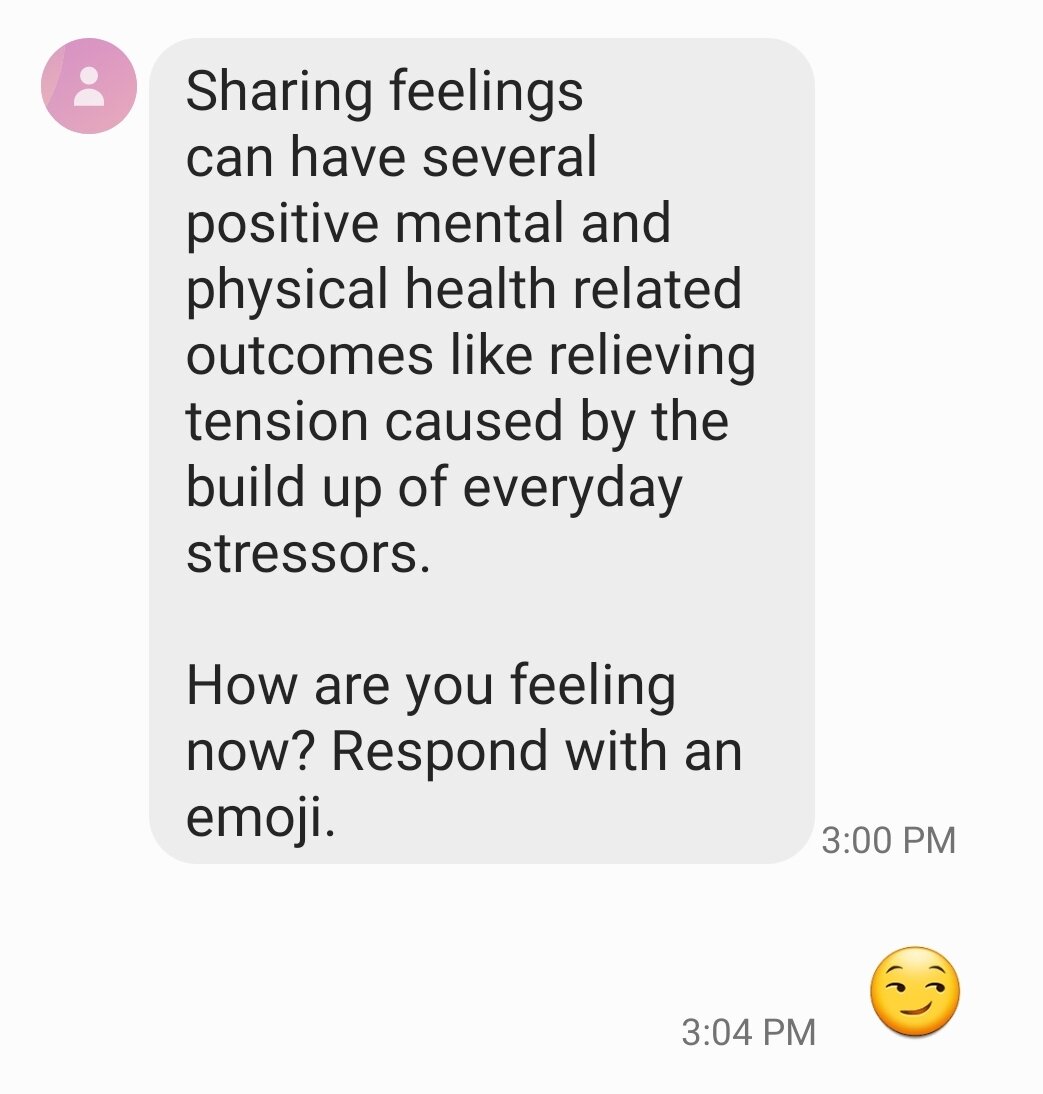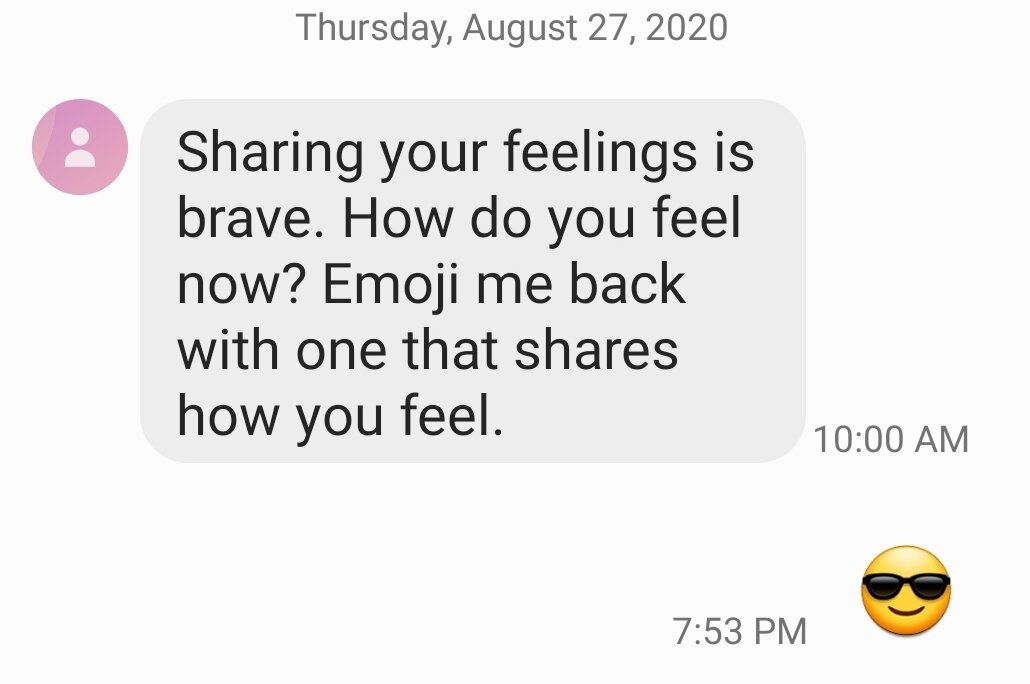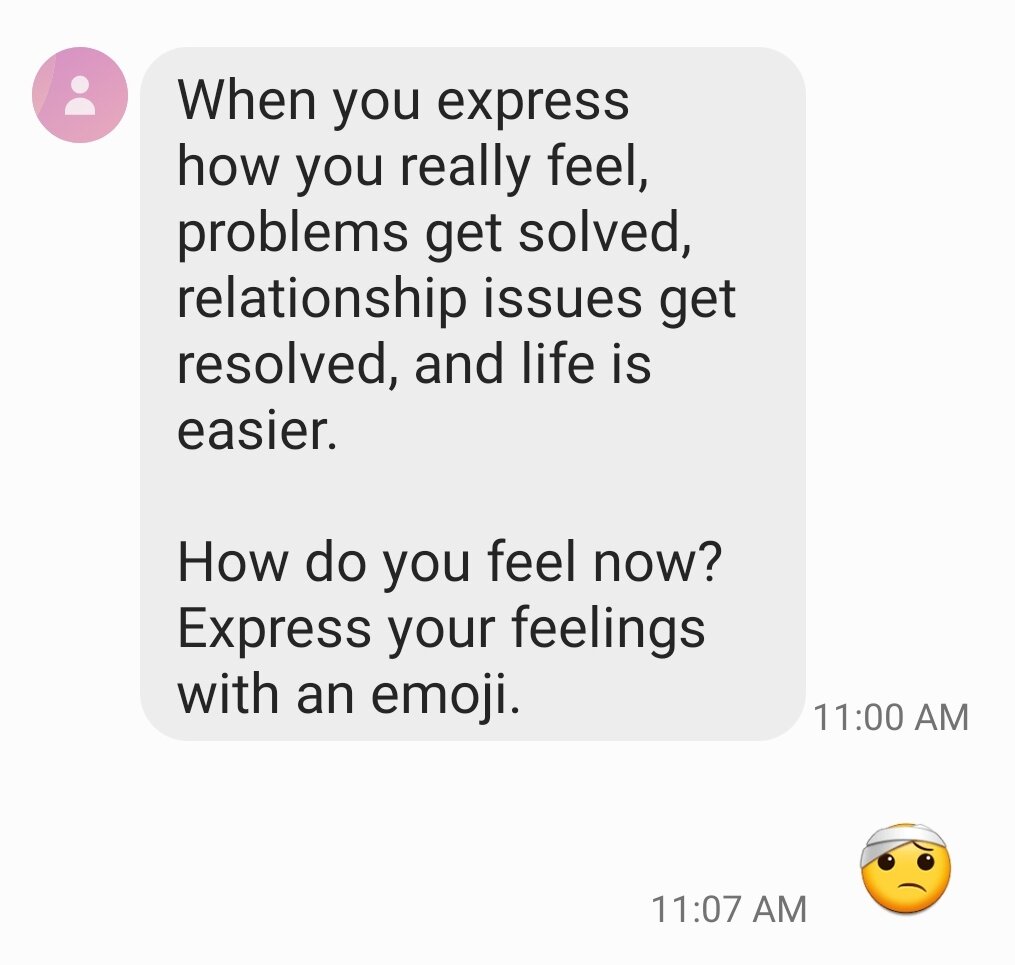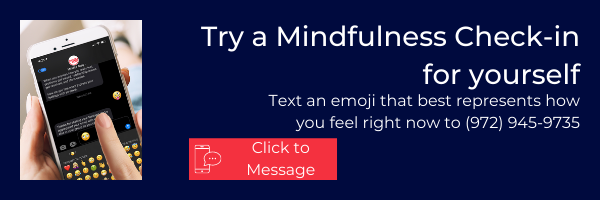Mindfulness – Contributing to Mental Health
As we discussed in the previous article, soliciting feedback in the form of emoji helps companies and team leaders understand how teams deal with change and how change impacts organizational culture. That same process also provides mental and emotional health benefits to the employees that participate in the form of mindfulness.
What is Mindfulness?
According to the Oxford Dictionary, mindfulness is “a mental state achieved by focusing one's awareness on the present moment, while calmly acknowledging and accepting one's feelings, thoughts, and bodily sensations, used as a therapeutic technique.” Outside of the therapy session, it’s a skill anyone can cultivate to help process emotion in the moment.
An example is probably helpful.
Let’s say Xavier is coming up on a deadline for a report. Messages for team members have been left in the project management platform, emailed, and Slacked in an effort to get updates and information necessary to completing the report. So far no one has responded, not even to confirm they received the message and will follow up soon. He starts to feel angry and resentful because he’s afraid he may miss an important deadline. He starts worrying about how that might reflect on his next performance review.
Then Xavier’s mindfulness skills kick in. Before he rattles off another set of messages, he stops and takes a deep breath. He acknowledges that he feels angry in that moment. He doesn’t try to fix it. He allows himself some time right there at his desk to feel it and observe the sensations.
Mindfulness is the ability to understand that emotions just are. They are neither good nor bad. They are just part of our existence. It allows us to freely feel an emotion BEFORE it really starts to affect behavior.
Most of us go immediately from feeling to behaving. Mindfulness can be the pause button between the two. It’s that moment to breathe and choose what to do next rather than allowing emotion to run away with us.
Mindful practices in the workplace have always been important, but in these times of elevated stress and uncertainty, it’s critical to productive and professional communication and collaboration. Unfortunately, particularly in the US, there is still a great deal of shame around mental health practices. At work most employees feel as though their every move is scrutinized. Even in progressive companies that provide spaces to decompress, employees may worry about who’s watching when they choose to make use of such a space.
Mindfulness does not necessarily need a physical space in order to practice it.
Feelalytics can help cultivate mindfulness
Along with serving questions specific to your organization for feedback, Feelalytics can serve daily check-in pulses that help participants pause for a moment and engage in some mindfulness.
Here are a few examples of pulses I’ve received and how I responded in that moment.



This type of check-in does several things.
It helps me to stop for a moment and really think about how I’m doing.
As you can see the pulses can be composed to provide validation and encouragement.
And I have a personal record of how I responded and how quickly I responded over time.
Because my responses are in the form of emoji, I can quickly scroll back through the thread of my responses and see if there are any patterns in my own feelings. That allows me to assess my well being when I’m detached from the circumstances of the moment and understand why I might have felt that way.
I chose to share my response to the questions. I could have cut that out of the screenshot, but it’s important to understand that because Feelalytics is anonymous, it doesn’t track who responded how, I feel safe to provide a genuine response in the moment. I’m the only person that can see my own responses.
At Feelalytics, we have created a technological platform that will help employees practice mindfulness in a safe space and improve how supported people feel at work. It starts with calculating a one-time NEI for your team.
By Michelle Stinson Ross, CMO Feelalytics
I’m currently practicing as a digital strategist and marketer, and applying mindful practices to marketing communication and storytelling.



